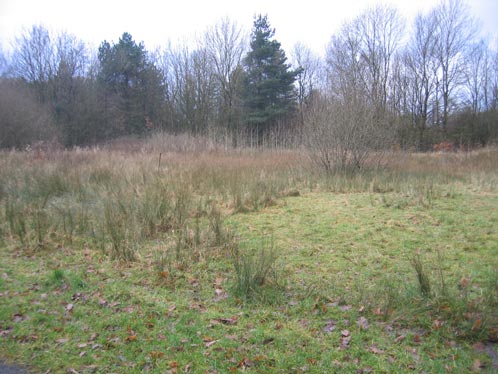Archaeologists working on M62 Improvement Scheme find evidence of Stone Age Settlements
This year (2008), might be the year that the city of Liverpool in north-west England celebrates its status as a “Capital of Culture” but it seems that parts of Merseyside had a thriving culture 7,000 years ago.
Archaeologists working on the Highways Agency’s M62 Junction 6 improvement scheme have uncovered 7,000-year-old evidence of Stone Age settlements at Huyton on Merseyside – the earliest signs of human activity ever discovered in the area. Time to meet some Stone Age Scousers!
Stone Age Scousers
The finds were made by a team carrying out archaeological excavations on behalf of the Highways Agency as part of preparation for the scheme. Flints and burnt hazelnuts are just some of the evidence pointing to hunter-gatherer prehistoric tribes living in the area.
The area would have been an ideal location for hunter-gatherer tribes during the latter part of the Mesolithic (Middle Stone Age) and the early part of the Neolithic (New Stone Age). The low lying marshy ground would have been a haven for wildlife and the highly tidal Mersey estuary would have provided lots of opportunity for hunting and beach-combing. Recognising the public interest in the finds, which also include some Roman pottery and other artefacts, the Highways Agency is holding a number of open days in early February. These open days will enable members of the public to view the plans for the development of this part of the M62 motorway and to examine some of the rare objects discovered during the course of the excavations.
Picture credit: Everything Dinosaur
Archaeological Finds
Alongside the archaeological finds will be an exhibition featuring photos and general information about the construction scheme; details of the measures being taken to reduce the impact on the environment; information about the traffic management arrangements during the work; and a computer simulated drive through. Speaking on behalf of the Highways Agency, Project Manager Gary Hilton, said, that the Highways Agency takes its responsibility for our heritage very seriously and they were delighted to have found this window into the past. Lots of people are very excited by what has been discovered.
Mr Hilton stated:
“We are obviously keen to show off these discoveries and this is why we have decided to hold the open days. We will be turning this important construction site into a museum for the day, before the artefacts are handed over to the experts who will be able to preserve them for future generations.”
The Project Manager went onto add:
“The event will also give us the opportunity to pass on information about the construction scheme and the future benefits of the new junction once this work is complete.”
Roman Pottery Discovered
The team working on the excavations around the new link road have also discovered Roman pottery and tiles that are stamped to show they were made for the 20th Roman Legion based in the nearby Roman fort of Chester around 167 AD.
It was already known that the site had some archaeological importance. Excavations in 1993 ahead of the construction of the adjacent A5300 uncovered part of a Roman farm. Other finds hinted at prehistoric activity in the area – now that has been confirmed.







Leave A Comment